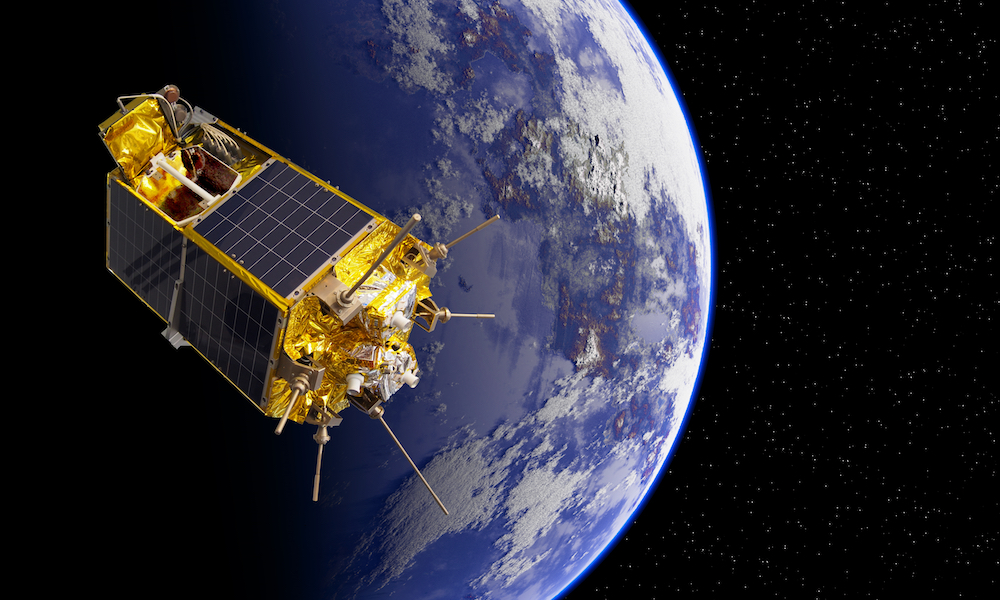On July 20, 2020, the Federal Communications Commission published in the federal register the final rules on Streamlining Licensing Procedures for Small Satellites. The rules will become effective on August 19, 2020. Once effective, these rules will promote a simpler application process, lower application fees, and a shorter review timeline for satellites with eligible characteristics.
In August 2019, the FCC unanimously approved a new, optional set of streamlined procedures for licensing small satellites (“smallsats”) (FCC 19-81, IB Docket No. 18-86). The new set of procedures seeks to accommodate this fast-growing segment of the space sector. This category stands apart from the traditional Geostationary (“GSO”) and Non-Geostationary (“NGSO”) classification of satellites traditionally served by Part 25 of the Commission’s rules. The goal of the new process is to enable small satellites that have shorter missions, less intensive spectrum use, and lower risk of producing orbital debris to be licensed on a streamlined, less burdensome basis.
Smallsats are typically associated with the “Cubesat” paradigm, which has dimensions of 10x10x10 cm. The new procedures define the size less strictly. Smallsats cannot be smaller than 10 cm in their smallest dimension, for tracking purposes, but in contrast to the stereotypical school bus-size satellites, they are restricted to an upper limit of 180 kg wet mass (propellant included).
Other application requirements for streamlined processing include limitations on number (no more than 10 smallsats per application), lifetime (no more than 6 years), license term (also 6 years), and orbital altitude (less than 600 kilometers, unless the satellite has propulsion capabilities).
Applications must assess the risk of orbital debris, accidental explosions, in-orbit collision, and casualty to humans. Applicants must also demonstrate the ability to immediately cease radio transmissions upon receipt of ground commands, to co-exist with other operators in the same frequency band, and to avoid “materially constraining” future users of the band.
The Commission has reserved the right to evaluate applications filed under the streamlined procedures on a case-by-case basis and may impose conditions to minimize adverse effects of such operations on the current or potential future use of the relevant bands by satellite and non-satellite services, including the protection of, or acceptance of interference from, satellite and non-satellite services. Smallsats must also operate on a non-interference basis relative to regularly-authorized Part 25 satellites operating in the same service.
Considering the financial burden placed on many smallsat operators, more relaxed milestone and bond requirements have also been defined in the new smallsat procedures. In addition, the application fee has been set to $30,000—less than 10% of the current fee for standard Part 25 applicants.
With the publishing of the new rules, smallsat applicants now have flexible, alternative procedures that reduce the administrative and financial burdens of the regulatory process. The revised rules directly address a quickly growing market segment with efficiency, while protecting traditional NGSO and GSO operators.

